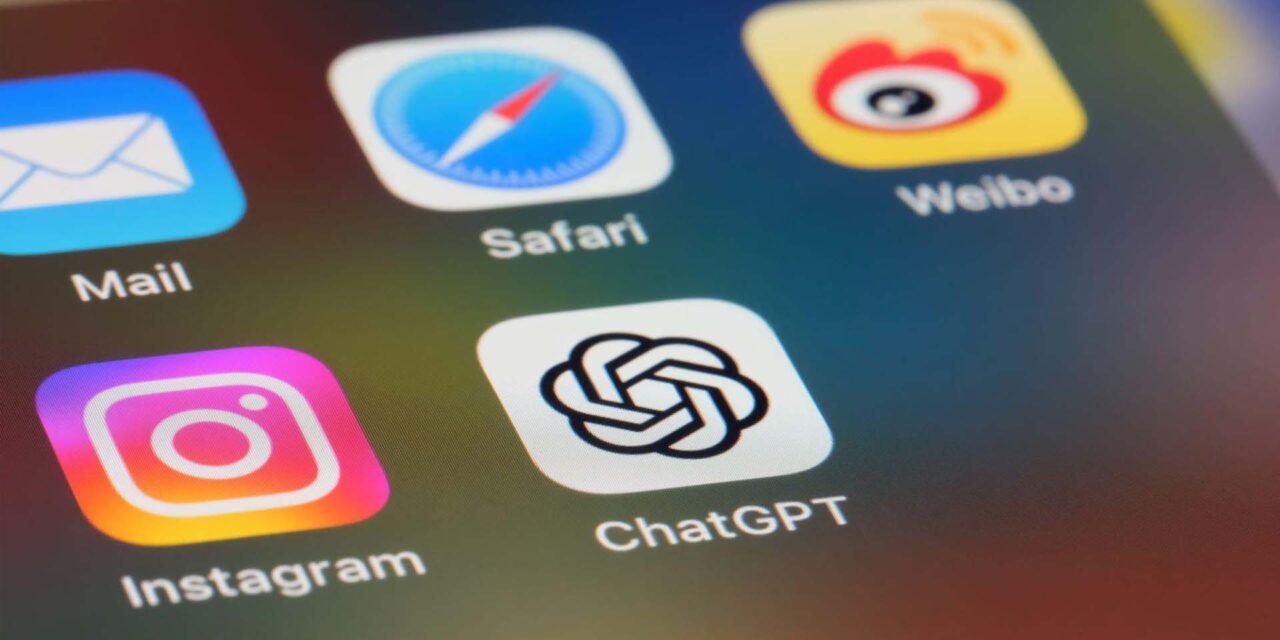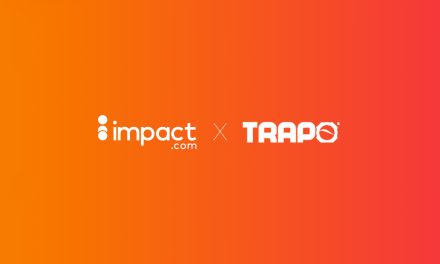ChatGPT has taken the world by storm. Many marketers are eager to see leverage it, but need to avoid pitfalls on how to actually use it.
Over the last nine months, you’ve probably participated in numerous discussions – formal or informal – about generative AI.
In these discussions, you would likely have heard about the factual errors that ChatGPT and other generative AI tools have yielded.
Did AI draw out the wrong information because of bad data? Was it a matter of GIGO (garbage in, garbage out)? Or was it because the user didn’t prompt or query ChatGPT in the best possible way?
Here are five tips and examples on how to use ChatGPT to get the best results, according to AI expert and Iterate.ai Co-Founder, Brian Sathianathan.
1. Provide clear, concise prompts that require specific answers
To get the most accurate, applicable answers, tailor your questions to enable the system to give you the best solution possible. The science of providing the most appropriate prompt is called “Prompt Engineering” as generative AI systems become mainstream users need to develop good prompt engineering skills.
For example:
“Generate an outline about the benefits of starting your own business. Prioritize uncommon ideas.”
2. Give necessary context and provide as much information as possible
Another way to get better answers is to provide context or information you want to be included in the prompt. This gives ChatGPT a better chance of delivering the responses you seek.
ChatGPT can even generate itineraries, which are better when you include specific information about your goals. An example of this would be:
Generate a travel itinerary for a weekend in Nashville. Include popular restaurants and bars and fun things to do for a 3-day weekend trip.
3. Explore the possibilities of the system and test out different prompts
ChatGPT offers countless possibilities, from list creation to essay writing. Take some time to see what ChatGPT can do.
An example of this could be the following:
“Write a poem that rhymes about the following topic: starting a business.”
4. Utilize keywords and regenerate responses as needed
Keywords can help the system provide more specific responses. This is necessary for more detailed or niche prompts.
This is especially important when generating long content with the specific information you want to be included. Here is an example of how that would look:
Generate a 500-word essay about the Treaty of Versailles. Include other, more minor treaties that concluded the end of the first World War and how these treaties impacted the socio-economic landscape of Europe in the 20th century.
5. Use it as a tool, a starter for your content creation, to show you the various possibilities. Remember, that magic is in your mind; the tool makes it easier to extract.
ChatGPT is great. However, it needs to be used as a tool, not a substitute for actual content creation. It is helpful for building outlines. Most importantly, remember that it cannot generate new ideas. It can only analyze information.


















